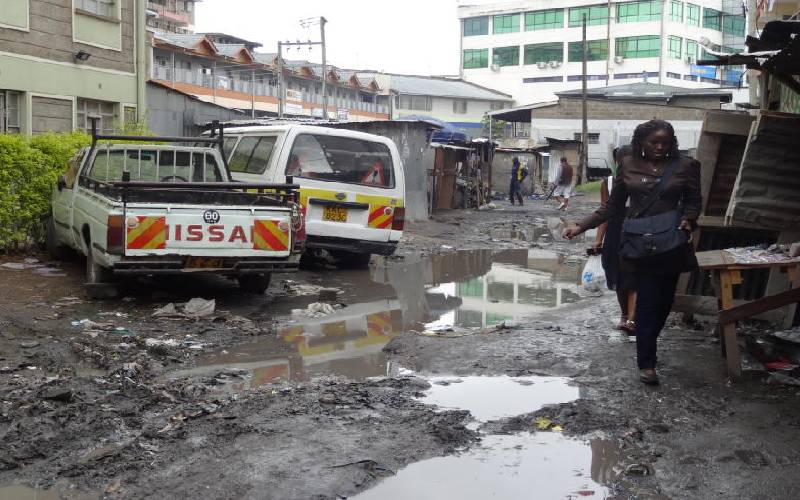×
The Standard e-Paper
Fearless, Trusted News

Two years ago, the National Construction Authority said more than 70 per cent of buildings in Nairobi were unsafe for occupation. A rough estimate shows this is about three out of every four buildings.